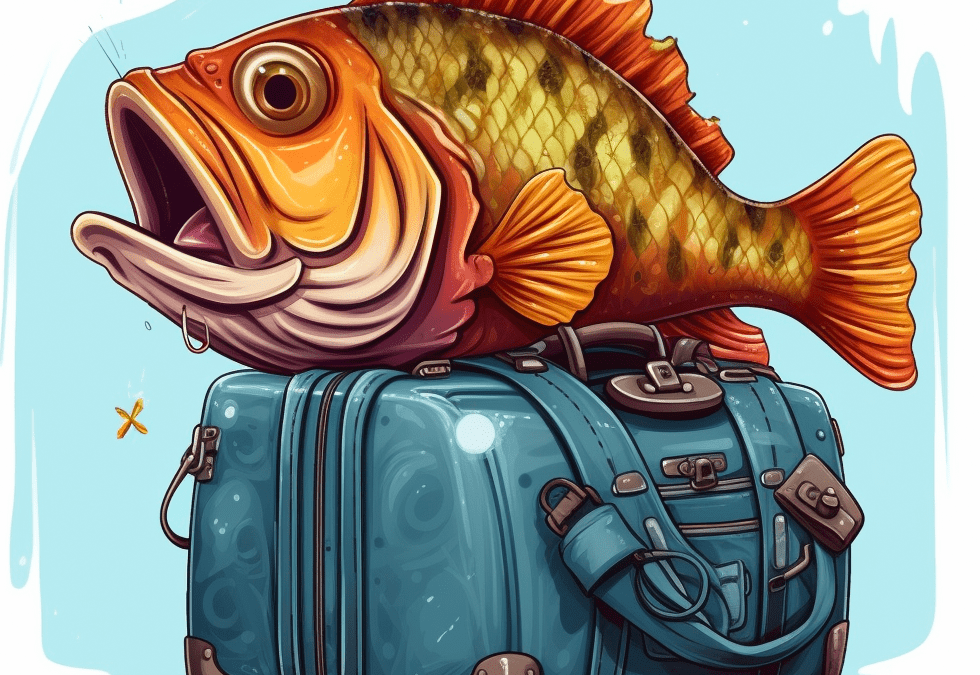General Post Spawn Tips
- Target shallow cover: After spawning, bass will often move to shallow cover areas to feed. Look for stumps, logs, weed beds, or other structures that can provide cover and shade for these fish. Use spinnerbaits, jigs, or soft plastics to fish around these areas.
- Fish points and drop-offs: As the water warms up after spawn, bass will start to move to deeper water around points and drop-offs. Look for areas where the shoreline drops off quickly into deeper water, or where two different types of structure meet. Use deep-diving crankbaits, Carolina-rigs, or jigs to fish these areas.
- Try topwater baits: As the water temperature rises, bass become more active and may be more willing to strike topwater baits. Try using buzzbaits, poppers, or frogs in shallow areas with cover.
- Experiment with different baits: Fish behavior can be unpredictable, so it’s a good idea to experiment with different baits, colors, and techniques until you find what works best. Start with proven lures like spinnerbaits, jigs, or soft plastics, and adjust your approach based on the conditions and fish behavior.
- Fish during low-light periods: Bass are more active during low-light periods, like early morning or late afternoon. Try to fish during these times to increase your chances of catching fish.
Keep in mind that bass fishing is not an exact science and that your performance will depend on a number of variables, such as the water’s temperature, the weather, and the behavior of the fish. Your chances of capturing post-spawn bass will rise if you are persistent and patient.
Additionally, it’s important to pay attention to the water’s temperature because it’s important for post-spawn bass fishing. Fishing is best done in the early morning or late evening when the water is colder because as the temperature of the water increases, bass begin to go to deeper water. Try fishing in deeper water as the day wears on, concentrating on points and other features where the water is cooler.
The size of the local baitfish is something else to consider. Baitfish are plentiful during the post-spawn season, thus it is preferable to utilize lures that closely resemble the size and color of the local native baitfish. During this time, jerkbaits, swimbaits, and crankbaits are the most effective lures to employ.
Lastly, it’s crucial to employ catch and release techniques when fishing during the post-spawn. Female bass are still healing from the spawn, so collecting and releasing them too frequently could make them sluggish and possibly reduce their future success at spawning. To ensure their survival, handle them carefully and release them right away.
Overall, post-spawn bass fishing might be difficult, but you can still have a productive day on the water with the appropriate strategy and persistence.
Soft Plastic Stick Baits
Soft plastic stick baits like the Senko are great for post spawn bass fishing because they mimic a wounded baitfish and can be rigged weightless or with a small weight. Here are some tips for using soft plastic stick baits during the post spawn:
- Rigging – Soft plastic stick baits can be rigged weightless, Texas style, or wacky style. Weightless rigging allows the bait to fall slowly and naturally through the water column, while Texas or wacky rigging can be used to target specific areas like weed edges or laydowns.
- Colors – Choose a color that matches the baitfish in your area. Natural colors like green pumpkin or watermelon work well in clear water, while brighter colors like chartreuse or white work well in stained or muddy water.
- Retrieve – Use a slow, subtle retrieve when fishing soft plastic stick baits. Allow the bait to fall to the bottom and then twitch it a few times before letting it fall again. Vary your retrieve speed and depth until you find what the bass want.
- Cover – Soft plastic stick baits work well around cover like weed edges, laydowns, or docks. Cast your bait to the edge of the cover and allow it to fall naturally. If you don’t get a bite, try twitching it a few times to trigger a strike.
- Water Depth – Soft plastic stick baits can be used in shallow or deep water. In shallow water, cast your bait to the edge of the bank or around structure like stumps or rocks. In deeper water, try fishing your bait around drop-offs or ledges.
- Time of Day – Soft plastic stick baits can be used throughout the day, but are especially effective in the early morning or evening when bass are most active. Cast your bait to areas with cover or structure and vary your retrieve until you find what the bass want.
Crankbaits
Crankbaits can be very effective for catching post spawn bass. Here are some tips for using crankbaits during the post spawn:
- Choose the Right Crankbait – There are many different types of crankbaits on the market, but not all of them are created equal. For post spawn bass, you’ll want to choose a shallow diving crankbait that can be fished in water depths of 2-6 feet.
- Match the Hatch – Bass feed heavily on baitfish during the post spawn, so choose a crankbait color that matches the baitfish in your area. Natural colors like shad or bluegill work well in clear water, while brighter colors like chartreuse or firetiger work well in stained or muddy water.
- Vary Your Retrieve – Crankbaits can be fished with a variety of retrieves, including a slow and steady retrieve, a stop-and-go retrieve, or a twitch-and-pause retrieve. Vary your retrieve until you find what the bass want.
- Fish Around Cover – Crankbaits work well around cover like stumps, rocks, or weed edges. Cast your bait to the edge of the cover and vary your retrieve until you find what the bass want. If you don’t get a bite, try bouncing your bait off the cover to trigger a reaction strike.
- Time of Day – Crankbaits can be used throughout the day, but are especially effective in the early morning or evening when bass are most active. Cast your bait to areas with cover or structure and vary your retrieve until you find what the bass want.
- Pay Attention to Water Temperature – As the water temperature warms up during the post spawn, bass will become more active and move into shallower water. Look for areas with water temperatures in the mid-60s to low 70s, as this is where bass are most likely to be feeding.
Jigs
- Target structure – During the post spawn, bass will be moving back to deeper water and will be looking for cover like docks, brush piles, and laydowns. Use your jig to target these areas and focus on fishing slowly and methodically.
- Use a slow retrieve – During the post spawn, bass can be lethargic and not willing to chase down a fast-moving bait. Use a slow retrieve and let the jig fall to the bottom, then give it a subtle hop or twitch to entice a strike.
- Match the hatch – Use a jig color and size that matches the baitfish in your area. If you’re not sure what the bass are feeding on, try using a natural color like brown or green pumpkin.
- Vary your presentation – If you’re not getting bites, try changing up your presentation. Slow down your retrieve, add a trailer to your jig, or experiment with different colors and sizes until you find what the bass want.
- Choose the right weight – Use a jig weight that matches the depth and current speed you’re fishing. A heavier jig will sink faster and stay in the strike zone longer, while a lighter jig will fall more slowly and have a more subtle presentation.
- Use a trailer – Adding a trailer to your jig can give it more action and make it more enticing to post spawn bass. Try using a soft plastic craw or creature bait that matches the color of your jig.
- Be patient – Post spawn bass can be finicky and not willing to bite, so be patient and persistent. Keep trying different techniques and presentations until you find what works.
Topwater Baits
- Target shallow areas – During the post spawn, bass will be moving back to the shallows to feed. Look for areas with cover like weed beds, laydowns, or docks, and focus on fishing your topwater bait near the surface.
- Fish early or late – Topwater baits are most effective during low light conditions, like early morning or late evening. Look for areas with shade or cover, and cast your topwater bait towards the edge of the cover.
- Use a slow retrieve – During the post spawn, bass can be lethargic and not willing to chase down a fast-moving bait. Use a slow, steady retrieve and keep your topwater bait near the surface to entice a strike.
- Match the hatch – Use a topwater bait that matches the size and color of the baitfish in your area. If you’re not sure what the bass are feeding on, try using a natural color like silver or gold.
- Experiment with different baits – Topwater baits come in a variety of shapes and sizes, so experiment with different baits until you find what works. Try using a popper, walking bait, or buzzbait to see what the bass respond to.
- Be patient – Post spawn bass can be finicky and not willing to bite, so be patient and persistent. Keep trying different techniques and presentations until you find what works.
- Watch for surface activity – Look for signs of surface activity like boils, splashes, or wakes. These can be indicators of feeding bass, and a well-placed topwater bait can trigger a strike.
Swimbaits
- Size and Color – Choose a swimbait that matches the size and color of the baitfish in your area. Post spawn bass are often chasing smaller baitfish, so a 3-4 inch swimbait is a good choice.
- Retrieve Speed – Use a slow, steady retrieve when fishing a swimbait for post spawn bass. You want to mimic the slow swimming action of a wounded baitfish.
- Depth – Post spawn bass can be found both in shallow and deep water. Use a swimbait that can be fished at different depths, and vary your retrieve speed to find what the bass want.
- Cover – Look for areas with cover like weed beds, rocks, or submerged trees. Post spawn bass will often be holding tight to cover, so cast your swimbait close to the structure and let it swim past.
- Rigging – Swimbaits can be rigged on a jighead, weighted hook, or swimbait hook. Use a lighter weight when fishing in shallower water, and a heavier weight when fishing deeper water.
- Presentation – When fishing a swimbait for post spawn bass, try to mimic the natural swimming action of a baitfish. Use a slow, steady retrieve with occasional pauses or twitches to trigger strikes.
Texas Rigs
- Rigging: To rig a Texas rig, start by sliding a bullet weight onto your line, followed by a bead and then a hook. You can use different weights depending on the depth of the water you’re fishing and the wind conditions. Choose a hook size that matches the size of the bait you’re using.
- Bait selection: Texas rigs work well with a variety of baits, including soft plastic worms, creature baits, or crawfish imitations. Choose a bait that matches the size and color of the baitfish in your area.
- Technique: Cast your Texas rig to the desired location and allow it to sink to the bottom. Then, use a slow, steady retrieve and let the bait drag along the bottom. Occasionally, hop the bait or give it a twitch to create some action. Pay attention for any subtle bites or changes in pressure, as these can indicate a strike.
- Location: Texas rigs work well in areas with structure like weed edges, laydowns, or docks. Look for areas where bass may be feeding or resting after the spawn.
- Water temperature: As the water warms up during the post spawn, bass will start to move to deeper water. Try fishing with a heavier weight to get your Texas rig deeper in the water column.
Overall, Texas rigs can be a great choice for post spawn bass fishing. Experiment with different baits and techniques to find what works best for you in your local fishing conditions.
Carolina Rigs
A Carolina rig is a great choice for post spawn bass because it allows you to cover a lot of water and fish deeper areas with a slow, steady retrieve. Here are some tips for using Carolina rigs during the post spawn:
- Choose the right setup – Use a medium-heavy spinning or baitcasting rod with a fast action. Spool your reel with 10-20 pound test line, depending on the cover and depth you’re fishing.
- Rig your bait – For post spawn bass, try using a soft plastic creature bait or worm in natural colors like green pumpkin or watermelon. Rig your bait on a 3/0-5/0 offset worm hook and add a 1/2-1 ounce bullet weight to your leader.
- Find the right depth – Look for areas with structure like drop-offs, points, or humps. Start by fishing in water 10-20 feet deep and adjust your depth as needed.
- Retrieve your bait – Use a slow, steady retrieve and keep your bait close to the bottom. Feel for any bumps or changes in the bottom structure and set the hook on any bites.
- Experiment with different baits and colors – If you’re not getting bites, try switching to a different bait or color. Post spawn bass can be finicky, so it’s important to experiment until you find what works.
Overall, a Carolina rig is a versatile and effective setup for post spawn bass fishing. With the right equipment and technique, you can cover a lot of water and catch some big fish.
Drop Shots
Drop shot rigs are versatile and effective for catching bass during the post spawn period. Here are some tips for using drop shots during this time:
- Find the Fish: Post spawn bass can be found in deeper water near structure like drop-offs, ledges, and points. Use your electronics to locate these areas and drop your rig down to the bottom.
- Use Light Tackle: Use a light spinning rod and reel with 6-8 lb test line. This will allow you to feel the light bites from post spawn bass and provide a more finesse presentation.
- Choose the Right Bait: Use small finesse baits like worms, grubs, or small swimbaits on your drop shot rig. These baits mimic the small forage that post spawn bass are feeding on.
- Keep the Bait Close to the Bottom: Drop your rig down to the bottom and then lift it up a few inches. Keep the bait close to the bottom and move it slowly. The key is to keep the bait in the strike zone for as long as possible.
- Vary Your Retrieve: Try different retrieves to see what the fish want. You can drag the bait along the bottom, hop it up and down, or swim it slowly.
- Be Patient: Post spawn bass can be finicky, so be patient and persistent. Keep trying different baits and techniques until you find what works.
Ned Rigs
- Ned Rigs are a finesse technique that is perfect for fishing after the spawn when the bass are more wary and less aggressive.
- The Ned Rig consists of a small, mushroom-shaped jig head and a soft plastic worm or craw bait. The bait is typically around 2-3 inches in length.
- The jig head is usually 1/16 to 1/8 ounce in size and is designed to be fished on light line. Typically, 6-8 lb test fluorocarbon line is used.
- The Ned Rig is fished slowly along the bottom, with small hops and pauses. The bait is allowed to sit on the bottom for a few seconds after each hop.
- Ned Rigs are great for fishing around structure like docks, brush piles, and weed edges. They can also be used in open water to target suspended bass.
- Ned Rigs are effective in clear or stained water, and can be used in a variety of conditions. They are particularly effective in calm conditions when the bass are more finicky.
- The Ned Rig is a great option for post spawn bass because it allows you to present a small, natural-looking bait that won’t spook the fish. It is also a great option when the bass are feeding on smaller baitfish or crawfish.
- Some popular soft plastic baits to use with the Ned Rig include the Z-Man Finesse TRD, the Yamamoto Senko, and the Strike King Rage Ned Craw. Experiment with different colors and sizes to see what the bass are biting on.
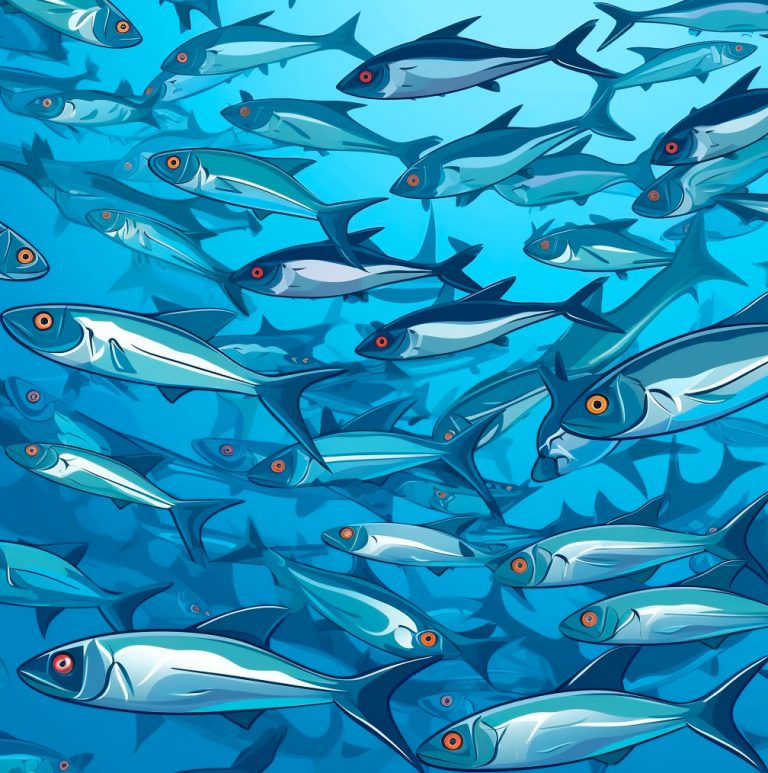
How To Catch Bass During The Shad Spawn
Hello, everyone of you out there who enjoy fishing! Catching bass during the shad spawn is one of my favorite fishing methods, therefore today I want to discuss it. As you may already be aware, one of the most significant occasions on the fishing calendar is the shad spawn. The shad population swarms around the […]
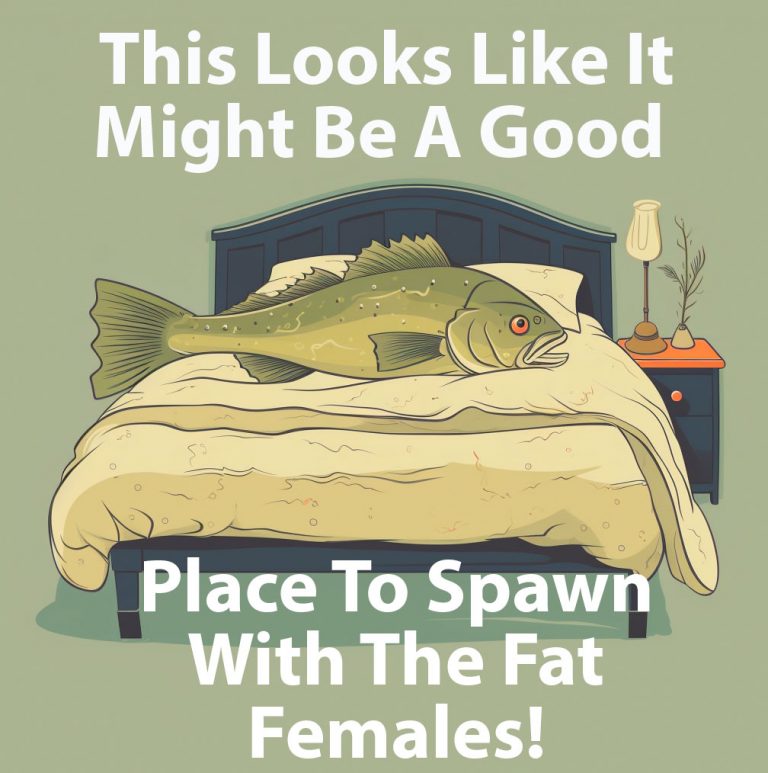
Top 10 Pre-Spawn Bass Fishing Lures
The top ten pre-spawn bass fishing lures will be covered in this post to increase your chances of catching your personal best bass this spring! The top 10 lures for bass pre-spawn fishing might vary based on the body of water and the weather, but the following are some typical lures that are frequently successful […]

How To Catch Bass During Crawfish Season
As a seasoned angler, I have come to realize the value of comprehending the behavior of the fish you are attempting to catch and the prey they consume. The crawfish is one prey that is very active and common during the bass fishing season. I’ll share my knowledge and expertise on how to capture bass […]
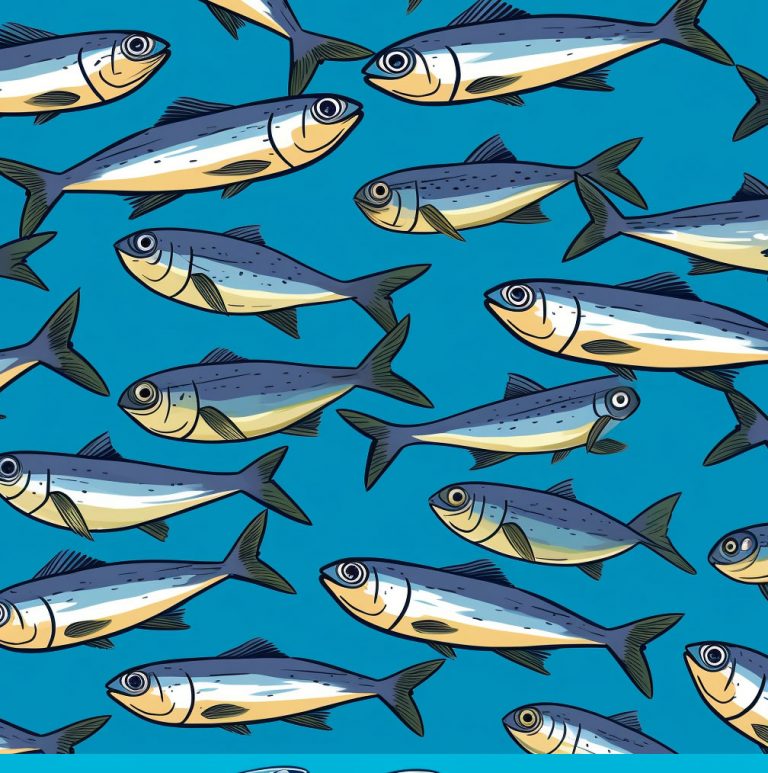
How To Catch Bass During the Blueback Herring Spawn
Introduction Hello, angling friend! You’ve come to the right site if you’re trying to learn how to catch some bass during the Blueback Herring Spawn. For many fisherman and fisherwomen, this is an exciting time of year, and with good cause. The Blueback Herring Spawn is a significant event in the bass fishing calendar and […]
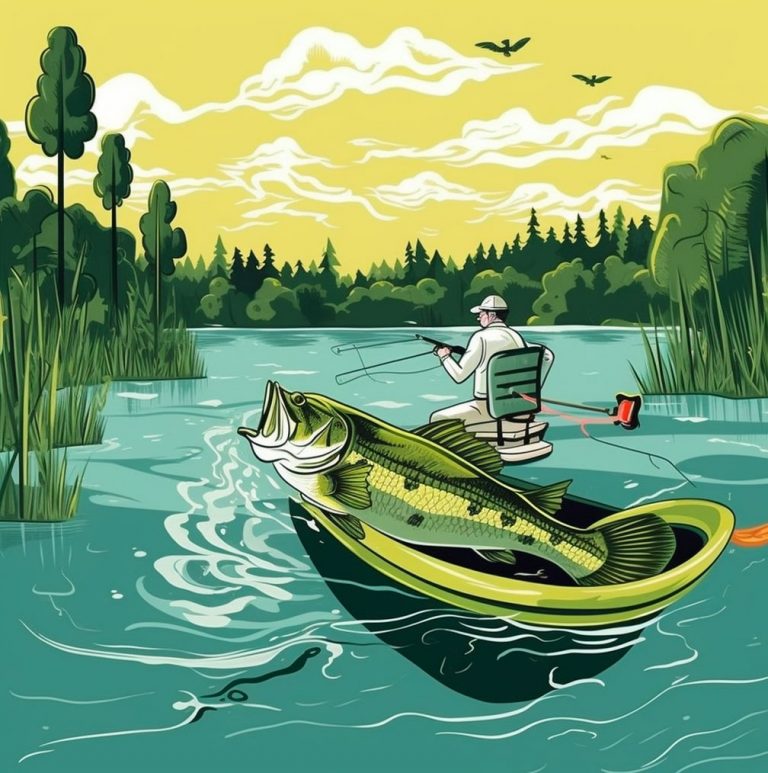
How To Catch Bass In April
Ah, April – my favorite month of the year. The flowers are blooming, the days are getting longer, and most importantly, the bass are starting to bite. As an avid fisherman, I know that this time of year is prime for bass fishing. But where do I find them? Well, let me tell you about […]
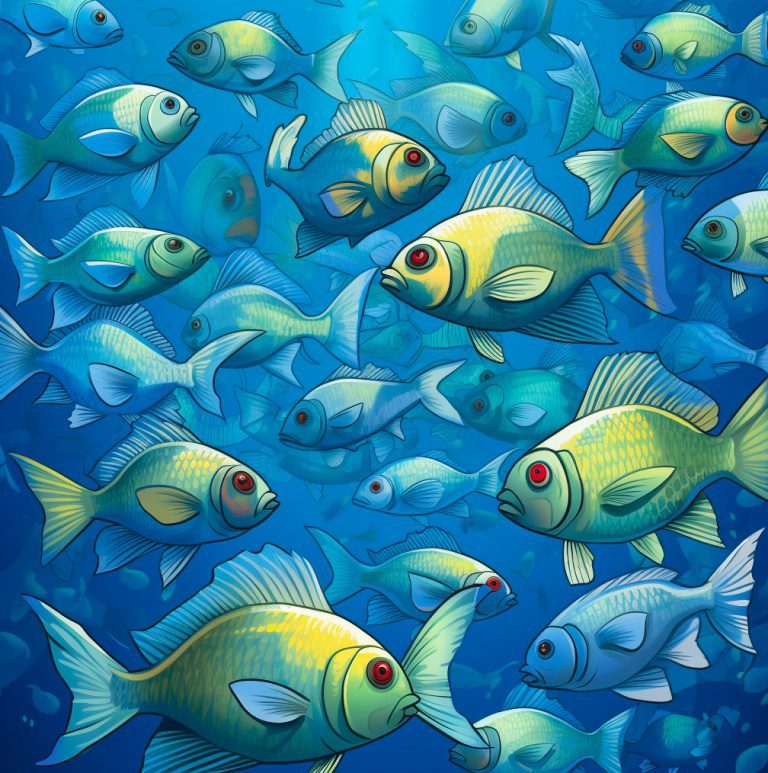
How To Catch Bass During The Bluegill Spawn
Introduction Good day, fellow fishermen! If you’re anything like me, Mike, you enjoy the rush of hooking a large bass. During the bluegill spawn, which normally takes place in the spring and early summer, is one of the finest times of year to catch bass. Based on my personal knowledge and study, I’m going to […]

